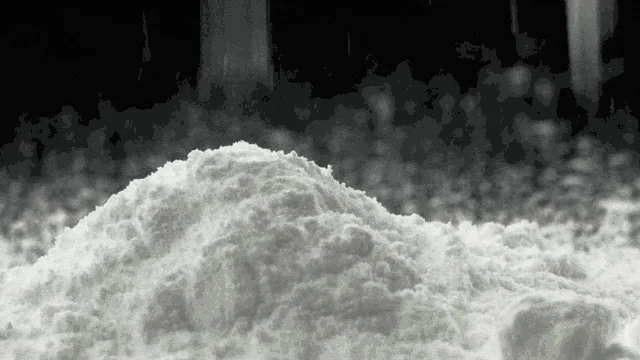UV stabilizers are additives used in polymers to protect them from degradation caused by ultraviolet (UV) radiation, typically from sunlight. Prolonged exposure to UV light can cause polymers to lose their mechanical properties, discolor, become brittle, and eventually break down. UV stabilizers help extend the lifespan of plastics and other polymers, especially when they are used outdoors or in environments where they are exposed to sunlight.
Types of UV Stabilizers:
UV Absorbers:
These stabilizers absorb harmful UV light and dissipate it as low-level heat. This prevents the UV radiation from interacting with the polymer.
Common UV absorbers include benzophenones and benzotriazoles.
Example formula:
Benzophenone-12: C13H10O
Hindered Amine Light Stabilizers (HALS):
HALS do not absorb UV light directly. Instead, they work by scavenging free radicals produced when polymers degrade due to UV exposure, preventing the polymer chains from breaking down.
HALS are highly effective and commonly used in a wide range of applications.
Example formula: HALS are more complex, often involving substituted piperidines.
Quenchers:
Quenchers de-excite excited states of polymer molecules by transferring energy to the UV stabilizer, reducing the polymer’s degradation.
Quenchers are less commonly used compared to absorbers and HALS.
Applications of UV Stabilizers:
Outdoor Applications: Used in polymers exposed to outdoor conditions, such as garden furniture, automotive parts, and construction materials.
Agriculture Films: Stabilizers are added to greenhouse films and mulch films to extend their life under direct sunlight.
Packaging: UV stabilizers prevent degradation of food packaging and other products exposed to light.
Automotive Industry:
Used in exterior parts of vehicles to prevent fading and brittleness due to sunlight.
Coatings and Paints: Protects the surface of painted materials from UV-induced deterioration.
Common Polymer Systems with UV Stabilizers:
Polyethylene (PE)
Polypropylene (PP)
Polystyrene (PS)
Polyvinyl chloride (PVC)
Polyurethane (PU)
Acrylonitrile butadiene styrene (ABS)
Grades of UV Stabilizers:
UV stabilizers are available in different grades based on their effectiveness, polymer compatibility, and environmental conditions they can withstand. For instance:
Standard grades: Suitable for general-purpose outdoor use.
High-performance grades: Designed for extreme conditions with higher UV exposure and higher temperatures.
Specialty grades: Tailored for specific polymers or applications, such as agricultural films or automotive applications.
How to Select a UV Stabilizer:
Polymer Type: Different stabilizers are compatible with different types of polymers.
Exposure Environment: Consider the level of UV radiation, temperature, and humidity.
Durability Requirements: Depending on the expected lifespan of the product.
Processability: Ensure the additive can be easily incorporated during polymer processing without affecting the product’s properties.
By using the appropriate UV stabilizer, manufacturers can significantly improve the longevity and performance of polymer products in harsh, sunlight-exposed environments.






